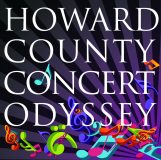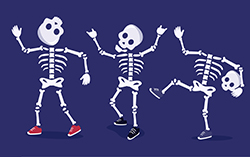Are you ready for Halloween’s ghouls, ghosts, and goblins? This time of year presents a perfect opportunity to explore the dark and mysterious side of classical music. So, turn off the lights, light a few candles, and let’s dive into some spine-tingling compositions.
One of the most iconic pieces of Halloween music is Modest Mussorgsky’s “Night on Bald Mountain.” This dramatic orchestral work paints a vivid picture of witches gathering for a wild sabbath on a desolate mountaintop. He wrote it when young, and his mentor didn’t want to perform it. Believe it or not, the composition was never performed during the composer’s lifetime, yet a different arrangement has since been used in countless horror films and TV shows.
For a truly haunting experience, check out “The Unanswered Question” by Charles Ives. This experimental piece features a mysterious trumpet solo that seems to echo through a vast, empty space. The overall effect is one of profound loneliness and isolation, with a hint of the supernatural.
Another spooky classic is “Danse Macabre” by Camille Saint-Saëns. This popular work depicts the Dance of Death, a medieval allegory in which Death summons all people, regardless of their social status, to dance with him. The music is both playful and sinister, with a catchy melody that will stay with you long after the final note.
Finally, no Halloween music list would be complete without “The Sorcerer’s Apprentice” by Paul Dukas. This story of a young sorcerer who tries to use magic as a cleaning tool proves that one-hit wonders are no modern musical phenomenon. Dukas wouldn’t find the same success again. But this timeless piece, full of both playful and suspenseful melodies, certainly left its mark on the world.
There you have it: a few spooky symphonies to get you in the mood for All Hallow’s Eve. Whether you’re looking for something terrifying or whimsical, there’s sure to be a classical piece that fits the bill.

